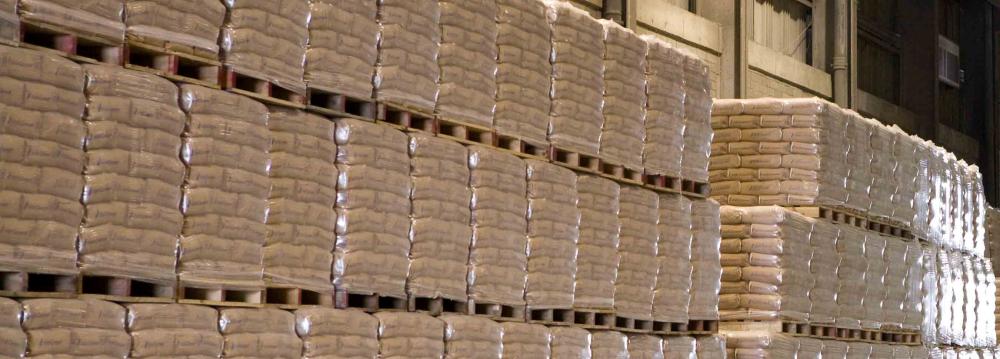At a meeting earlier this week to address the challenges of the domestic cement industry, it was suggested that cement be used instead of bitumen in building roads and pavements in a new bid to stimulate demand.
The Iranian cement industry has hit a rough patch. Declining domestic demand and loss of export markets have resulted in an estimated 16 million tons of cement lying in warehouses.
The meeting on Monday was attended by the Minister of Industry, Mining and Trade Mohammadreza Nematzadeh, his deputy Jaffar Sargheyni and head of Iran Cement Employers Association, Mohammad Atabak. Representatives from Ministry of Roads and Urban Development, Central Bank of Iran and the Management and Planning Organization were also present, the Financial Tribune’s sister publication the Persian-language newspaper Donya-e-Eqtesad reported.
According to Atabak, the proposed replacement is justified also because bitumen can be more easily marketed overseas.
Furthermore, concrete surfaces are stronger and more durable than asphalt. They can be grooved to provide a durable skid-resistant surface. A notable disadvantage, however, is that they typically come at higher initial cost, and can be more time-consuming to construct.
Yet, the cost can be offset through the longer life cycle of the cement-made roads. Concrete pavements can be maintained over time utilizing a series of methods known as concrete pavement restoration.
In order to introduce Iranian industrialists to the new practice, the CEA chief suggested holding expos on concrete road construction and related equipment and machinery.
In related news, the ministry of industry issued a directive banning the establishment of new cement and steel plants because current production far exceeds demand. The only exception to the measure concerns plants that are located in close proximity to waterways and able to export.
The Mehr Housing Effect
Before the slump hit the cement industry, Iranian producers experienced a seven-year boom thanks to the controversial Mehr Housing Project – a large-scale scheme initiated in 2007 by the former administration to provide low-cost housing.
The multi-billion-dollar project slowed down over the years due to lack of funding, mismanagement and charges of fraud and embezzlement. In the process the huge slump hurt domestic demand for construction materials. Cement manufacturers were forced to find new export markets to draw down their bulging inventories.
The Iraqi market, which was once the main destination for Iranian cement, had until recently been the lifeline for producers to cope with the recession in the construction sector. After the Iraqi government banned imports in April this year, Iran’s cement companies rushed to find new markets.
The government recently allocated $285.7 million in subsidies for cement transportation costs to new foreign markets.
Agreements with African countries have been signed and two cargos have been exported to Tanzania and Egypt. Cement companies also have signed a contract with Haitian officials for exporting to the Caribbean country.
The cement industry’s 2015 output stood at 58.6 million tons, down 12% from the year before, according to CEA data. Last year’s exports were also hit, falling 20% compared to 2014.
Plunging production led to a fall in Iran’s global ranking as the country fell three points lower in 2015 compared to the previous year’s 4th position among top cement producers in the world. Nonetheless, Iran remains the world’s top exporter.
As per the objectives set in the 20-Year National Vision Plan, Iran’s cement production is to grow 60% to reach 120 million tons a year by the end of 2025. The industry is also planning to increase exports by 68% over the next decade to 32 million tons per annum.


